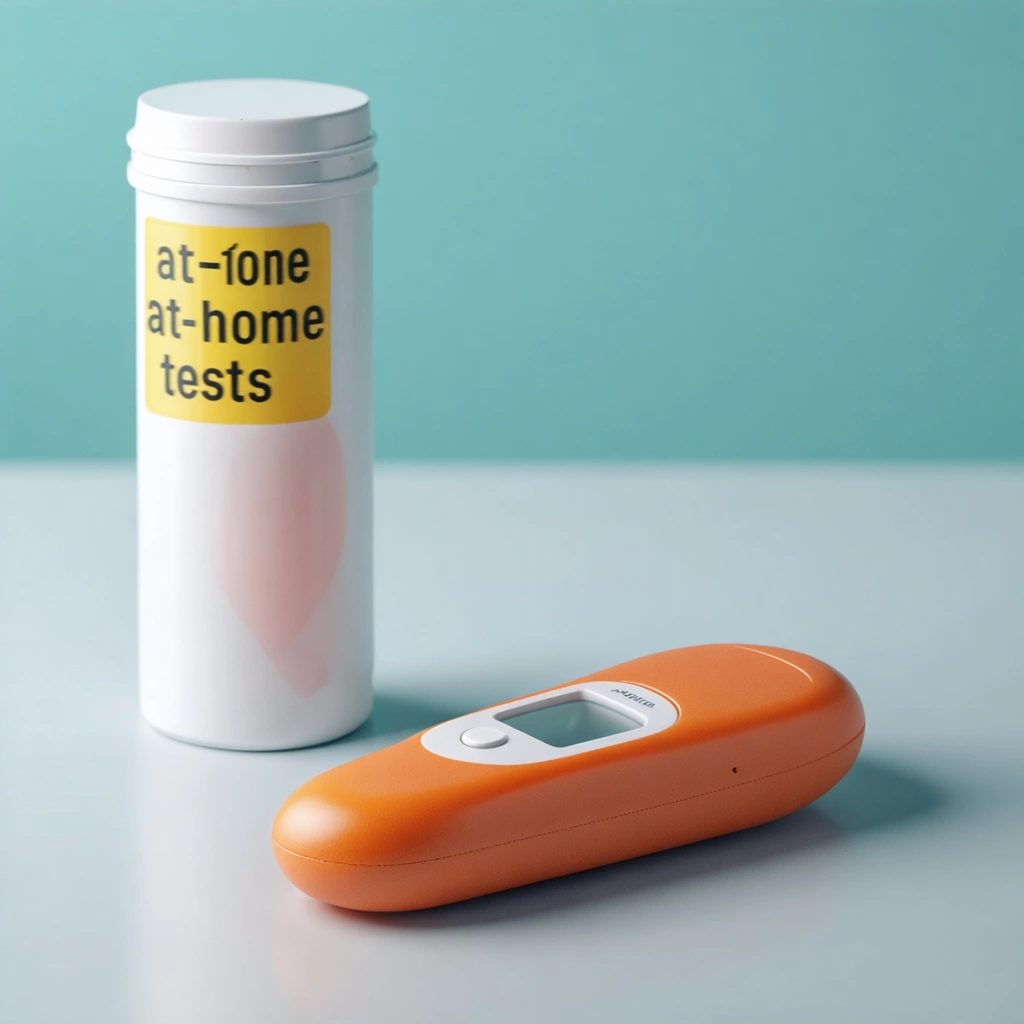
An Overview of Rapid At-Home Prostate Tests
Rapid at-home prostate tests are medical tests that an individual can use in the comfort of their home to screen themselves for prostate cancer. These tests typically involve the measurement of Prostate-Specific Antigen (PSA), a protein produced by cells of the prostate gland. High levels of PSA can indicate a higher risk of prostate cancer.
The Dangers of Rapid At-Home Prostate Tests
False Positives and Unnecessary Anxiety
One of the primary concerns associated with rapid at-home prostate tests are the potential for false positives. High levels of PSA can also be caused by conditions other than prostate cancer, such as an inflamed or enlarged prostate. Consequently, a positive result on a rapid at-home prostate test may cause unnecessary anxiety and lead to further medical procedures that may not have been required.
False Negatives and Missed Diagnosis
In contrast to false positives, another risk associated with these at-home tests is the potential for false negatives. Some men with prostate cancer may not have elevated PSA levels, especially in the early stages of the disease. As such, a negative test result may give a false sense of security and delay necessary medical intervention.
The Potential of Rapid At-Home Prostate Tests
Convenience and Accessibility
Despite the potential risks, rapid at-home prostate tests do offer several advantages. For one, they provide a convenient and accessible means of screening for prostate cancer, particularly for individuals who live in remote areas or have limited access to healthcare facilities.
Early Detection
These tests might also facilitate early detection of prostate cancer, allowing for more timely intervention and potentially better outcomes. However, it is crucial for individuals to understand the limitations of these tests and to follow up with a healthcare professional for a more comprehensive evaluation if necessary.
Conclusions
Rapid at-home prostate tests can be a valuable tool in the early detection of prostate cancer, but they are not without risks. Users should be aware of these risks and seek appropriate medical advice upon obtaining any results, particularly if they are positive or if their symptoms persist despite a negative result.




